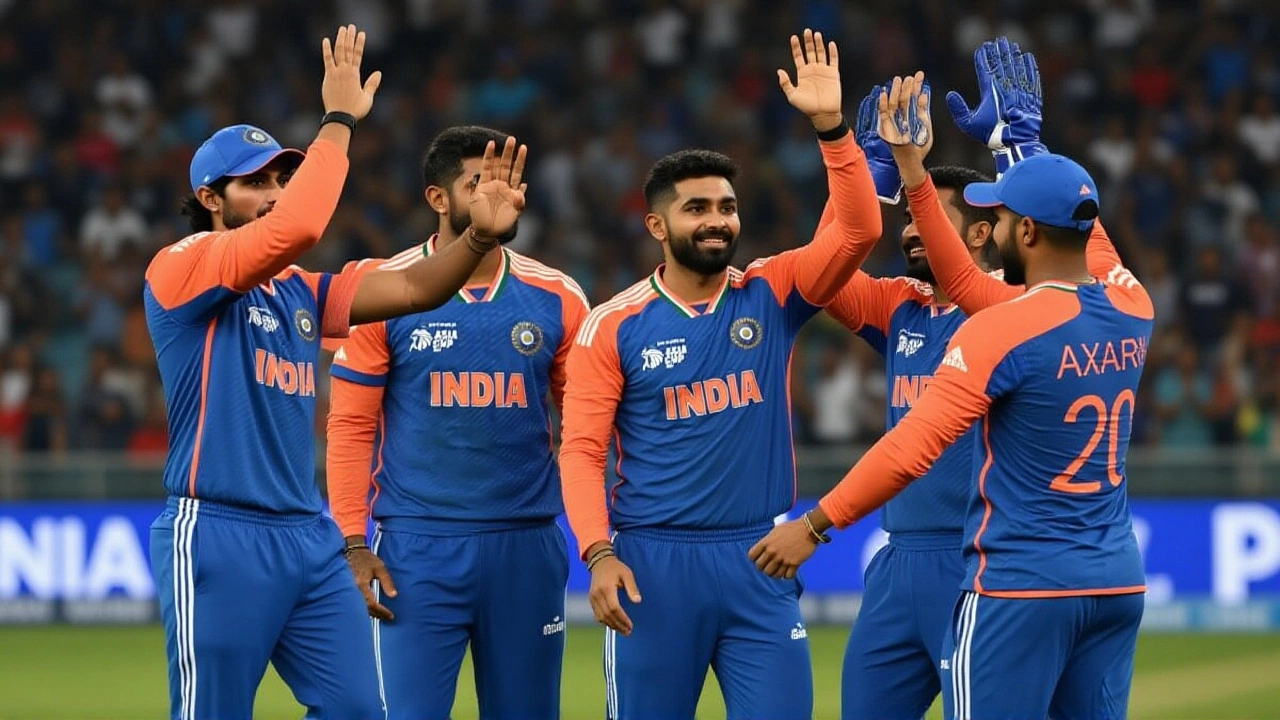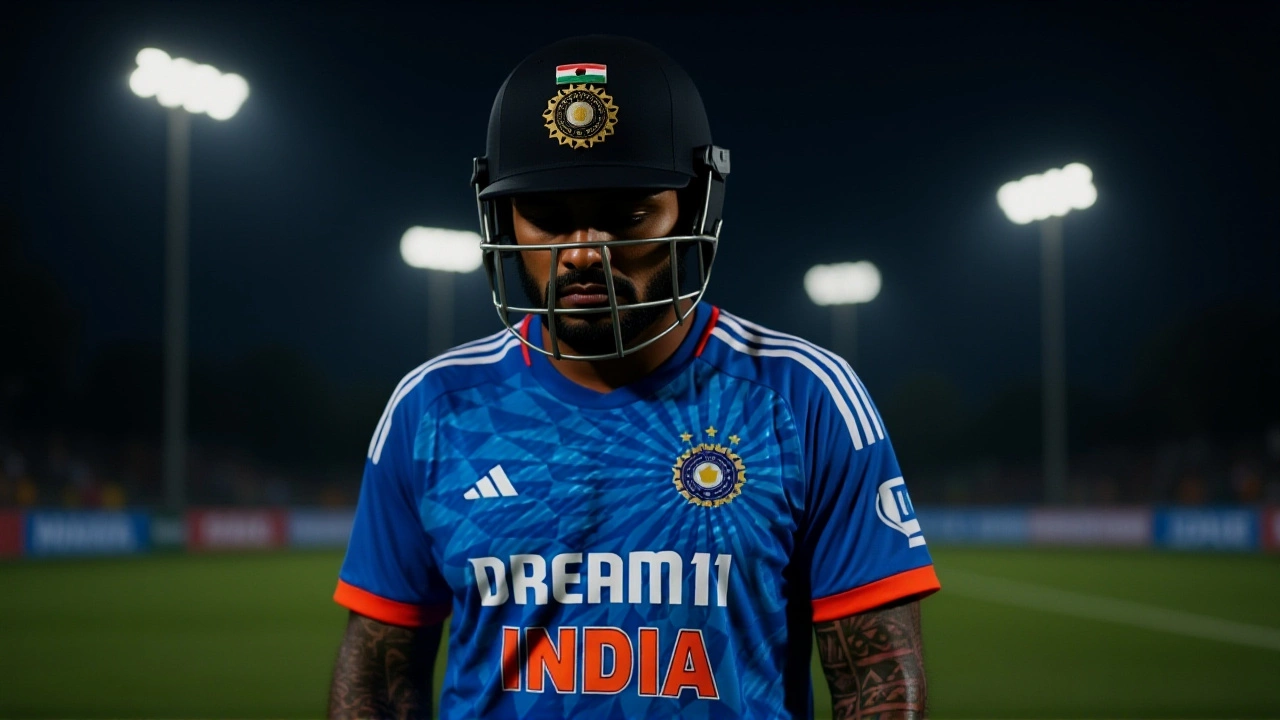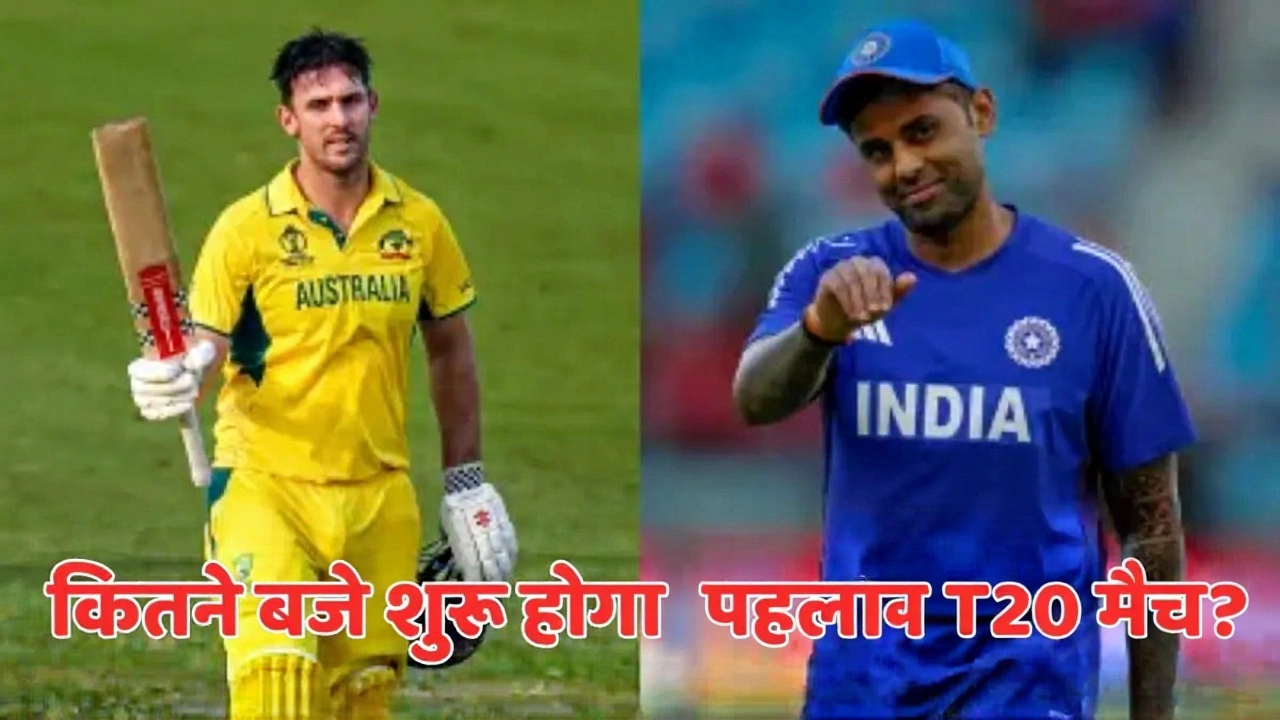The first T20I between India and Australia kicks off on Wednesday, October 29, 2025 — but don’t be fooled by the time listed. The Board of Control for Cricket in India (BCCI) website says 1:15 PDT, which is Pacific Daylight Time — a mistake that’s already causing confusion among fans in India. The match actually starts at 12:45 AEST in Australia, meaning Indian viewers will need to stay up past 4:15 AM on October 30. That’s not a typo. That’s a scheduling blunder — and it’s just the first of many surprises in this high-stakes white-ball tour.
Why This Series Matters More Than Just Wins and Losses
This isn’t just another bilateral series. With the 2026 ICC T20 World Cup just eight months away and the 2027 ICC Cricket World Cup looming, both teams are using this tour as a final stress test. For Australia, it’s about proving their T20 revival is real. After years of underperforming in the shortest format, they’ve brought in fresh blood — Mahli Beardman, Tanveer Sangha, and Josh Philippe — all uncapped or underutilized players now in the spotlight. For India, it’s a farewell tour of sorts. Rohit Sharma and Virat Kohli have hinted this could be their last major assignment before stepping aside. Former coach Ravi Shastri put it bluntly on Cricket Australia’s site: “Kohli-Rohit no certainties for 2027 World Cup.”The Squad Shuffle: A Domino Effect of Injuries and Domestic Priorities
The roster changes since mid-October have been chaotic — and revealing. On October 14, Australia’s wicketkeeper-batter Josh Inglis was pulled from the ODI squad with a calf injury. Then came the curveball: Alex Carey, the vice-captain, was released not because of injury, but to play for South Australia in a Sheffield Shield match against Queensland in Adelaide. Why? To prepare for the Ashes — yes, the Ashes, which won’t happen until June 2026. That’s how seriously Australia treats domestic cricket as a pipeline to international success.Then on October 17, Cameron Green was sidelined with side soreness. Enter Marnus Labuschagne — the Test stalwart. But just a week later, on October 24, Labuschagne was pulled from the ODI squad too — not to rest, but to play another Sheffield Shield match for Queensland in Brisbane. He never even played an ODI. His replacement? Jack Edwards, a 22-year-old who’s never represented Australia internationally. That’s how much faith they’re placing in youth.
By October 27, the T20I squad had evolved into something entirely new: Glenn Maxwell, the veteran all-rounder, was recalled. So was Tanveer Sangha, the leg-spinner who’s only played domestic T20s. This isn’t just a squad — it’s a laboratory.

What’s Behind the Time Zone Confusion?
The BCCI’s listing of “1:15 PDT” for the third T20I on November 2 is either a typo or a lapse in coordination. Pacific Daylight Time is used in California and Vancouver — not Melbourne or Sydney. The correct time? 1:15 AEST (Australian Eastern Standard Time), which translates to 4:45 PM IST. The error suggests poor cross-border communication — a red flag for a series that’s supposed to be a showcase of global cricketing cooperation. Fans in India are already complaining on social media about misleading schedules. Cricket Australia’s website, based in Jolimont, Victoria, lists the correct times. The BCCI needs to fix this — fast.The Bigger Picture: Domestic Cricket as the Secret Weapon
The Sheffield Shield — Australia’s 133-year-old first-class competition — is the unsung hero here. Players like Carey, Labuschagne, and Green are prioritizing it over ODIs because it’s the best training ground for Test cricket. And with the Ashes looming, Australia’s strategy is clear: win the long game. India, by contrast, still treats domestic cricket as secondary. The BCCI’s schedule doesn’t even mention the Ranji Trophy during this window. That’s a cultural divide — and it might cost India in the long run.
What’s Next? The Real Test Begins in November
The fifth and final T20I is set for Saturday, November 8, 2025, in Perth. By then, we’ll know if Australia’s young guns can handle pressure. We’ll see if India’s aging core still has the spark. And we’ll find out whether the BCCI can get its act together on logistics. One thing’s certain: this isn’t just about cricket. It’s about legacy, transition, and who’s willing to bet on the future.Frequently Asked Questions
What time does the first India vs Australia T20I start in India?
The first T20I on October 29, 2025, starts at 12:45 AEST in Australia, which is 4:15 AM IST on October 30. The BCCI’s listing of 1:15 PDT is incorrect — PDT is a U.S. time zone. Indian fans should set alarms for early morning, not evening.
Why are Australian players missing ODIs to play domestic cricket?
Australia prioritizes the Sheffield Shield as a key development tool for Test cricket, especially with the 2026 Ashes approaching. Players like Alex Carey and Marnus Labuschagne are being released to maintain form in first-class conditions — a strategy India rarely follows, despite its own domestic structure.
Is this Rohit Sharma and Virat Kohli’s last series for India?
Neither has confirmed retirement, but both have signaled this tour could be their final major assignment before the 2027 World Cup. Former coach Ravi Shastri has openly questioned their inclusion beyond this cycle, suggesting India’s leadership transition may begin immediately after.
Who are the surprise picks in Australia’s T20I squad?
Mahli Beardman, a 21-year-old pace-bowling all-rounder, and Tanveer Sangha, a leg-spinner with only domestic T20 experience, are the biggest surprises. Both are being tested as future pillars. Josh Philippe, previously overlooked, is now the backup wicketkeeper — a sign Australia is building depth, not just relying on stars.
How does this series impact the 2026 T20 World Cup?
Australia needs to prove their aggressive T20 style works under pressure. India must show their middle order can handle pace-heavy attacks. The results here will heavily influence final World Cup squads. Australia’s win-loss record in T20Is since 2023 has been shaky — this series is their last chance to turn it around before June 2026.
Why is the BCCI’s schedule wrong about the time zone?
It’s likely a copy-paste error from a U.S.-based media source. PDT is never used in Australia. The correct time zone is AEST (Australian Eastern Standard Time). This mistake undermines the BCCI’s credibility and risks confusing millions of Indian viewers — a problem that needs urgent correction before the first ball is bowled.
